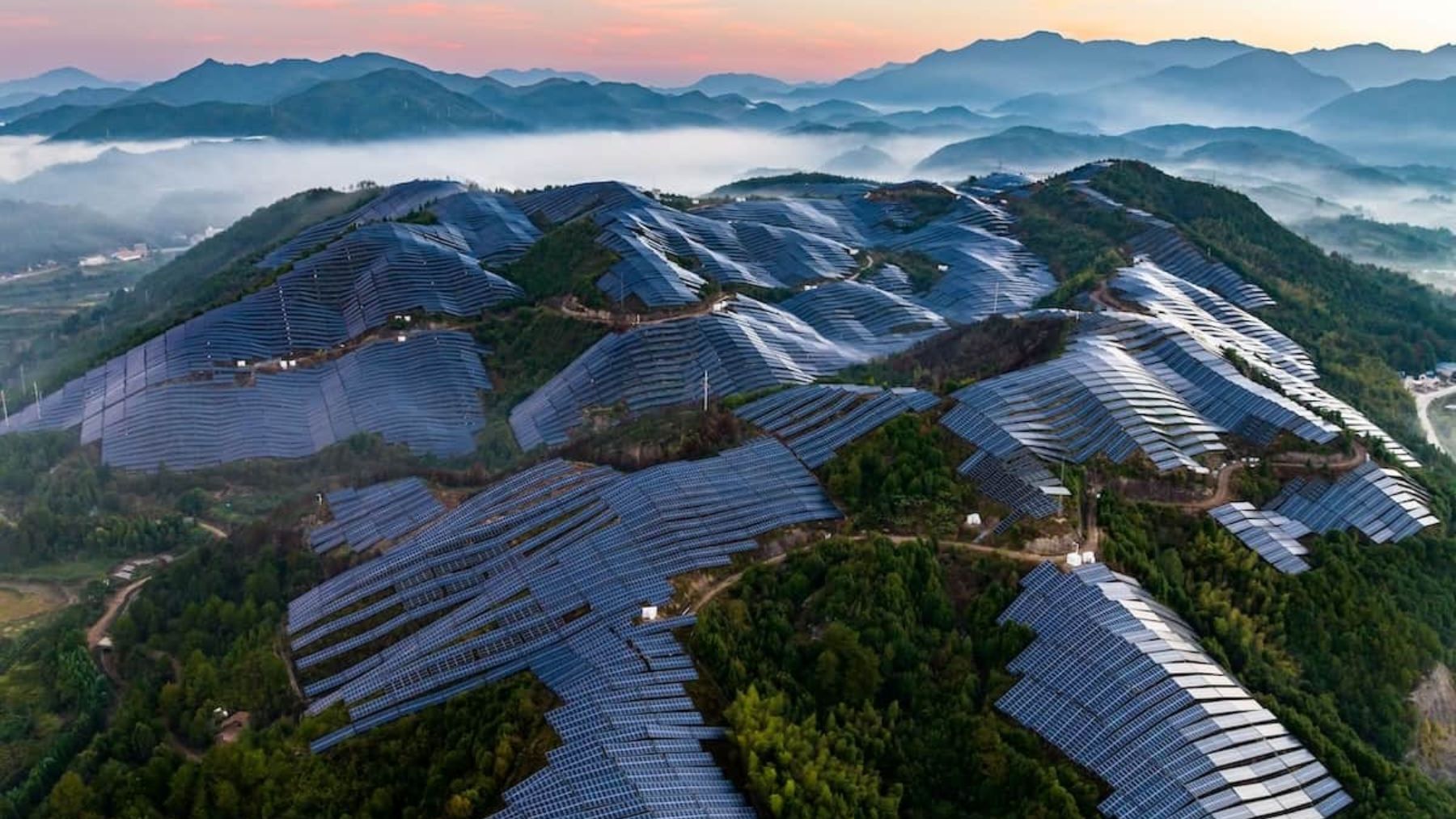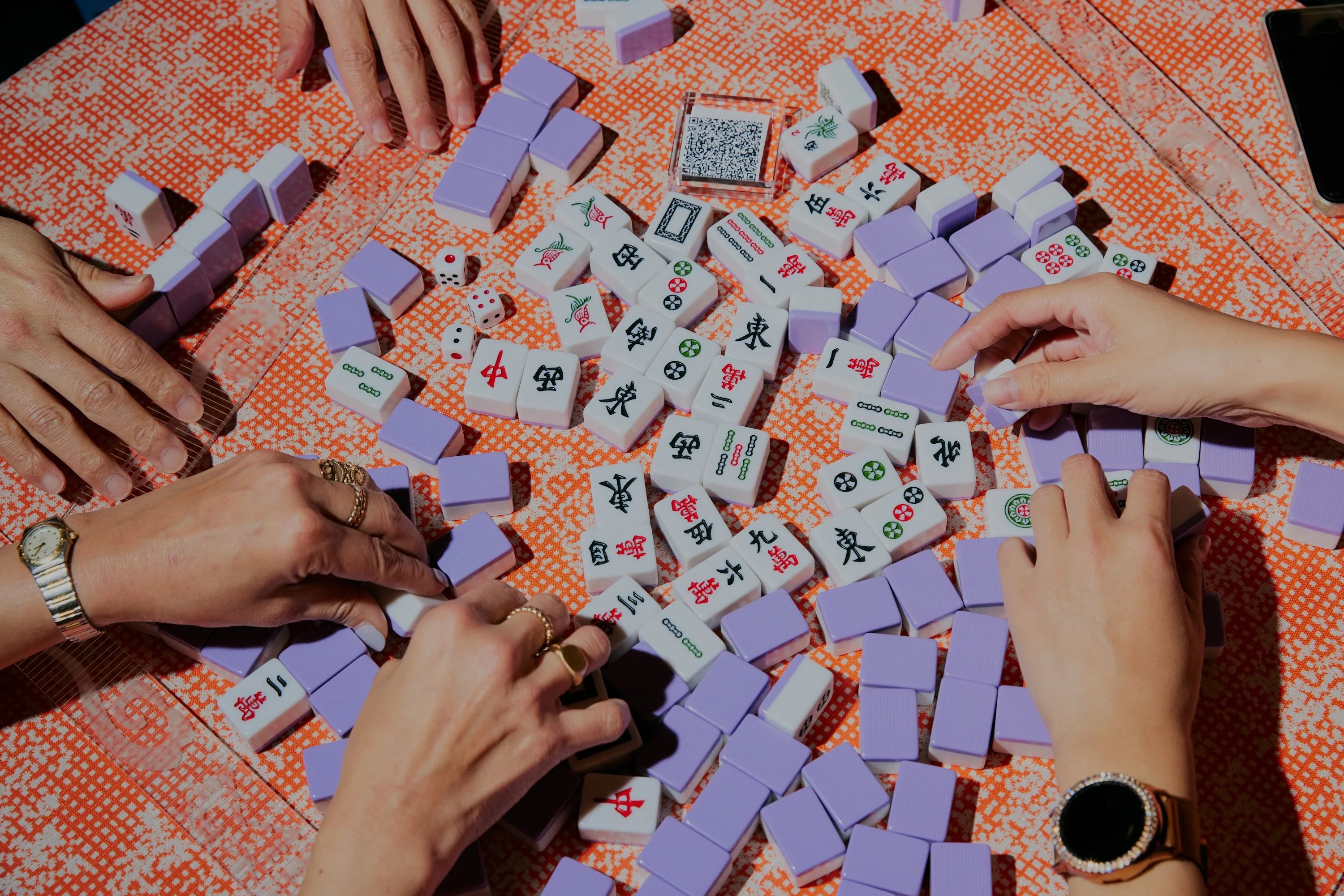A divisive topic in recent months, AI-generated art is worrying to some artists, who wonder whether they’ll be replaced by algorithms. Meanwhile, others deem AI creations as little more than high-tech plagiarism.
In 2022, an array of AI tools have become available to the general public. The most accessible ones only require inputing a few words to create original images, which has resulted in a tidal wave of surreal memes — who doesn’t want to see the Demogorgon from Stranger Things playing basketball?
However, when a work of art made with AI controversially won an art prize in Colorado in September, many realized that the technology has more to offer than just memes.
A digital artist experimenting with AI is Zzai (born Chen Zhe). Born in the Chinese province of Guangxi, Zzai teaches visual communication, boasts a phD in media studies, and has been exhibited around China.

While browsing Zzai’s mesmerizing creations, few might guess that the artist has been experimenting with AI for only half a year.
“In May I started following some bloggers on Xiaohongshu [a Chinese social media platform similar to Instagram] and I was really inspired by their creations, so I started learning,” says the artist in an interview with RADII.
Relying on a software called Midjourney, Zzai creates visionary images that put cyberpunk spins on Chinese culture and history.

The artist’s series Cyber Peking Opera attempts to answer the question, ‘When we enter the metaverse, what will traditional art come to?’ and explores the relationship between tradition and technology while also processing culture by way of digitization.
“The rise of AI technology is an irreversible trend,” opines Zzai before adding, “Its scale and spread will only increase when the physical world and virtual reality are blended.”

In the series Wu Zetian’s 12 Costumes, the artist pays homage to the fierce beauty of Wu Zetian, China’s only legitimate empress. Born during the Tang Dynasty (618-907), the famously capable leader even founded her own dynasty, Wu Zhou.
“I designed the garments by borrowing elements from warrior armor, and combining them with the gowns of noble women in the palace,” Zzai explains, before adding, “I hope this will reflect [Wu Zetian’s] identity and express her authoritative aura with touches of feminine softness.”

While generating AI artwork often takes no more than a minute, the preparatory work is time consuming. Artists need to familiarize themselves with different software, research source material, and put together strings of text to produce the desired results.
Zzai is using his eye-catching creations to combat negative stereotypes of AI-generated art.
“Opinions are very polarized in China. Some are supportive of this technology, but many are resistant to change,” he says. “AI is very worthy of our imaginations, and my projects make use of this technology to make bold attempts at creation.”
All images courtesy of Zzai














